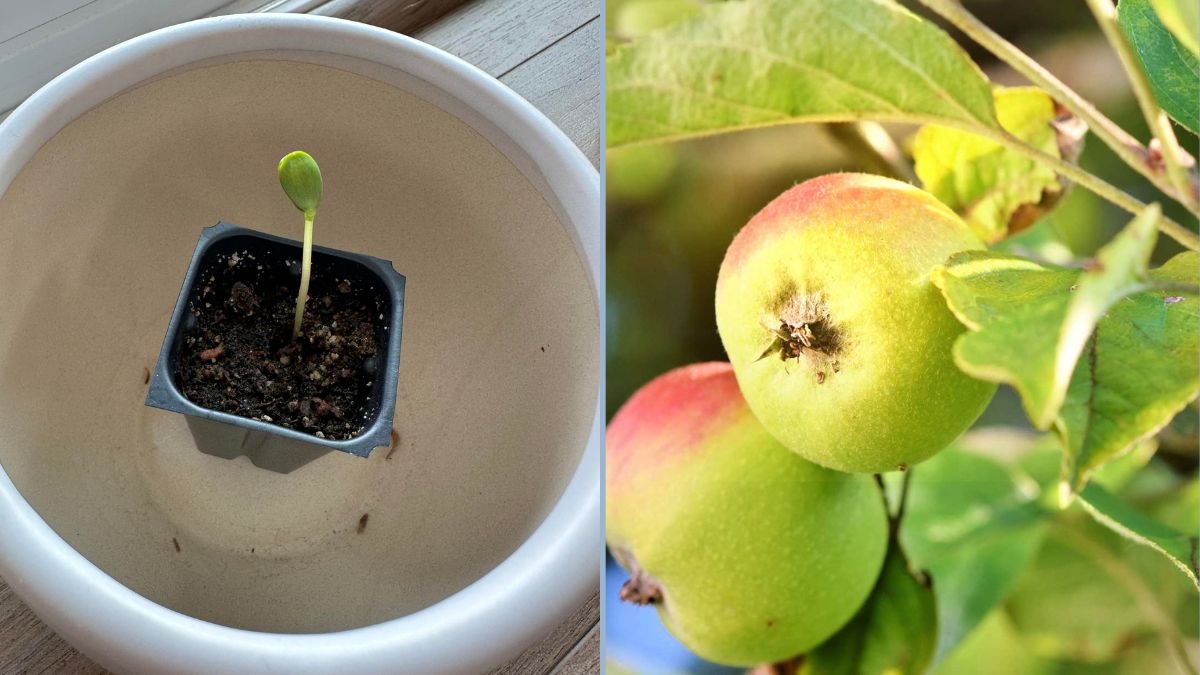Imagine biting into a crisp, sweet, and tangy apple that you grew yourself from a single seed. The Opal apple, known for its bright yellow skin, sweet flavor, and low browning tendency, is a unique and rewarding variety to grow at home. Growing an Opal apple from seed may require patience, but it allows gardeners to experience the full journey of nurturing a tree from seedling to fruit-bearing maturity.
This guide will explore everything you need to know about planting Opal apples from seed, caring for the tree, and eventually harvesting your own delicious fruit, making it ideal for gardeners who enjoy both challenges and rewards.
Introduction to Opal Apples
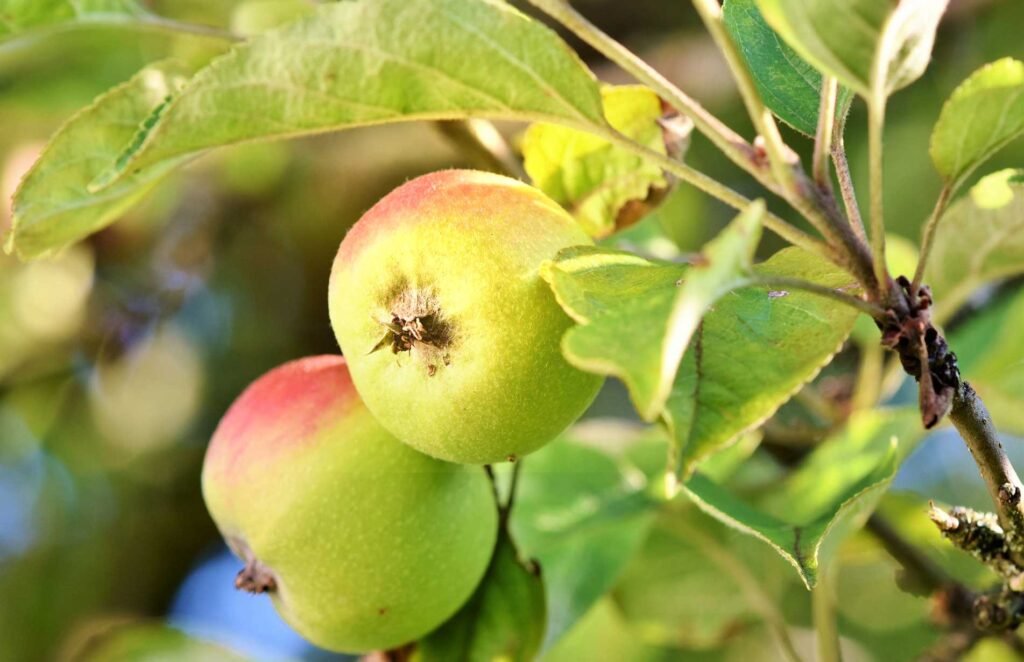
Opal apples are a relatively modern variety, developed from a cross between Golden Delicious and Topaz apples. They are prized for:
- Flavor: Sweet, slightly tart, and aromatic.
- Color: Bright, sunny yellow that stands out in any orchard or kitchen.
- Flesh Quality: Crisp and juicy, resistant to browning when cut.
- Versatility: Excellent for fresh eating, salads, and baking.
- Shelf Life: Stores well, making it convenient for home consumption.
Growing an Opal apple tree from seed provides the unique experience of watching a tree grow and develop fruit over several years—a satisfying project for home gardeners.
Can You Grow Opal Apples from Seed?
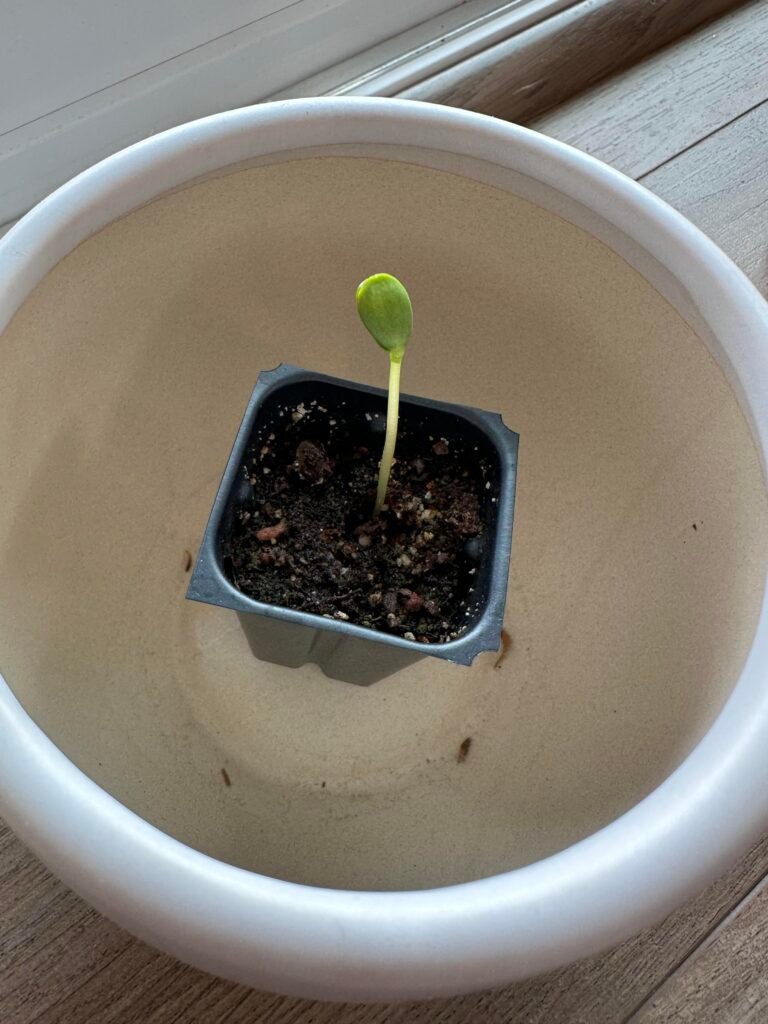
Yes, it is possible, but there are some important considerations:
- Apples grown from seed are not true to the parent variety due to genetic variability.
- Seed-grown trees may produce fruit that differs in taste, color, or texture from the original Opal apple.
- Despite this, seed-grown trees are valuable for learning grafting techniques, practicing orchard care, and experimenting with unique fruit traits.
For those who want fruit identical to a purchased Opal apple, grafting a scion from a known Opal tree onto a rootstock is recommended. However, growing from seed remains a rewarding educational experience.
Collecting and Preparing Seeds
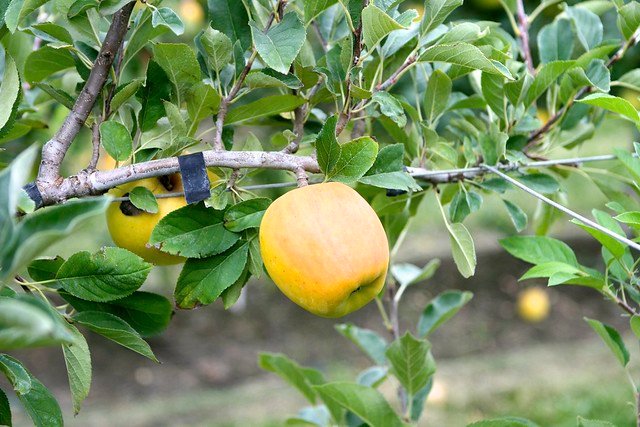
Step 1: Collect Seeds
- Use fully ripe Opal apples.
- Remove the seeds carefully and rinse off any fruit residue.
Step 2: Stratification
Apple seeds require cold stratification to break dormancy and encourage germination:
- Place seeds in a damp paper towel or sand.
- Store them in a sealed plastic bag in the refrigerator for 6–8 weeks.
- Check occasionally to ensure the medium remains moist, not soggy.
Stratification mimics natural winter conditions, helping the seeds germinate successfully.
Planting Opal Apple Seeds
Step 1: Choose the Right Container
- Use a small pot with drainage holes.
- Fill with well-draining seed-starting mix or a mixture of potting soil and sand.
Step 2: Sow the Seeds
- Plant seeds about ½ inch deep.
- Cover lightly with soil and water gently.
Step 3: Germination Conditions
- Keep the soil consistently moist but not soggy.
- Place the pot in a warm, bright location (indirect sunlight is sufficient).
- Seeds should sprout in 2–6 weeks depending on conditions.
Step 4: Transplanting Seedlings
- When seedlings have two to three sets of true leaves, transplant them to larger pots or outdoors after the last frost.
- Ensure soil is well-draining and enriched with compost.
Caring for Young Opal Apple Trees
Young trees require careful attention to establish healthy roots and growth.
1. Watering
- Water seedlings regularly, keeping the soil consistently moist.
- Avoid waterlogging, which can cause root rot.
2. Sunlight
- Young trees require 6–8 hours of sunlight daily.
- Gradually acclimate seedlings to full sun if grown indoors initially.
3. Fertilization
- Use a balanced, diluted fertilizer every few weeks to promote growth.
- Avoid over-fertilizing, which can harm tender roots and leaves.
4. Pruning
- Minimal pruning is needed for seedlings, mostly to remove damaged or weak growth.
- As the tree grows, prune to develop a central leader or open-center structure for optimal fruiting.
Pollination Considerations
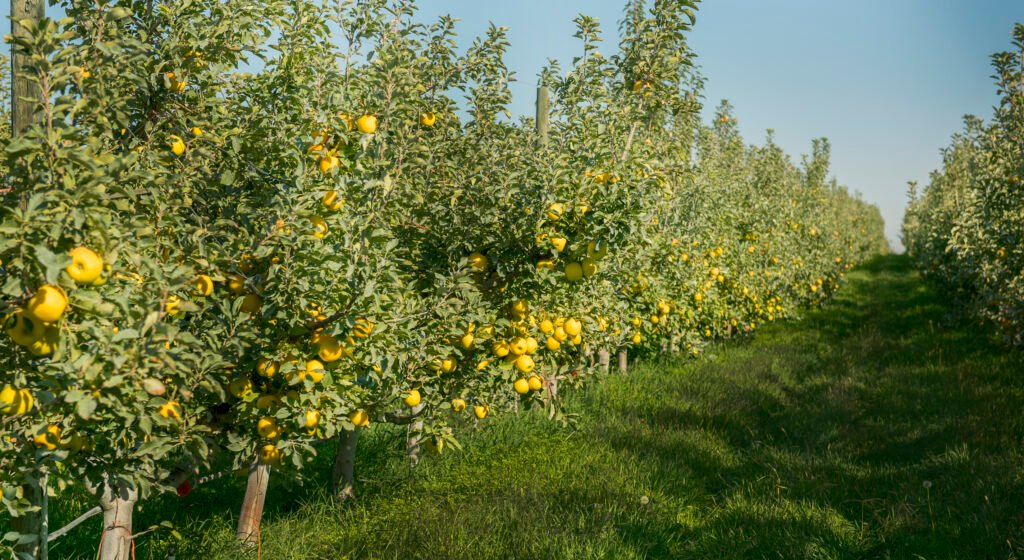
- Opal apples are partially self-fertile, but cross-pollination with another apple variety improves fruit set and yield.
- Plant a compatible variety nearby or ensure access to pollinator trees.
- Bees are critical during the bloom period, so avoid pesticides to protect them.
Pests and Disease Management
Even young apple trees need protection from pests and diseases:
Common Pests
- Aphids
- Spider mites
- Caterpillars
Common Diseases
- Apple scab
- Powdery mildew
- Fire blight
Preventive Measures:
- Ensure good air circulation by spacing trees properly.
- Remove fallen leaves and debris to reduce fungal buildup.
- Apply organic sprays like neem oil or horticultural soap if necessary.
Transplanting to the Garden
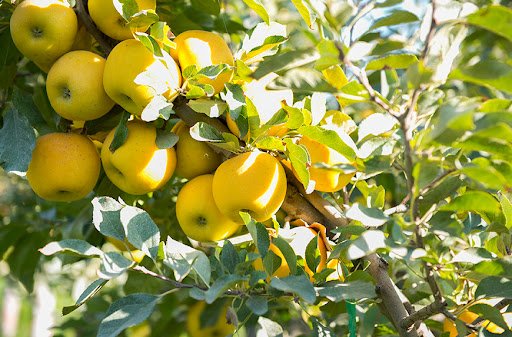
Once seedlings grow strong enough, they can be moved to a permanent spot in your garden:
- Select a sunny, well-draining location.
- Amend soil with compost to provide nutrients.
- Dig a hole twice the size of the root ball and place the seedling carefully.
- Water thoroughly and apply mulch to retain moisture and suppress weeds.
- Stake young trees if needed for support.
Patience: Time to Fruit
- Seed-grown apple trees can take 6–10 years to produce fruit.
- Trees grown from grafted scions typically bear fruit faster (2–4 years).
- During the early years, focus on healthy growth, structure, and disease prevention rather than fruit production.
Harvesting and Enjoying Opal Apples
Once your tree matures and produces fruit:
- Opal apples are usually ready for harvest in late September to October, depending on your climate.
- Look for bright yellow skin with a slight blush and firm, crisp flesh.
- Opal apples are slow to brown, making them excellent for fresh eating, salads, and snacks.
- Store harvested apples in a cool, humid environment for several weeks to maintain flavor and texture.
Benefits of Growing Apples from Seed
- Educational Experience: Learn the full cycle of growth from seed to fruit.
- Experimentation: Seed-grown trees may produce unique apple variations.
- Satisfaction: Growing a tree from seed to harvest is immensely rewarding.
- Orchard Expansion: Seedlings can be used for grafting or to expand your backyard orchard.
Conclusion
Growing an Opal apple from seed is a journey that requires patience, care, and attention, but it’s immensely rewarding. From collecting and stratifying seeds to nurturing seedlings and eventually harvesting crisp, sweet apples, each step is an opportunity to learn and connect with your garden.
Even though seed-grown Opal apples may not be identical to their parent variety, they still offer the opportunity to cultivate a beautiful, productive apple tree in your backyard or kitchen garden. By following proper planting, care, and maintenance techniques, you can enjoy the delicious flavor, vibrant color, and satisfaction of homegrown apples, all starting from a single seed.
Growing Opal apples from seed is more than gardening—it’s a hands-on experience of nature, patience, and reward, making each bite of fruit even sweeter.
